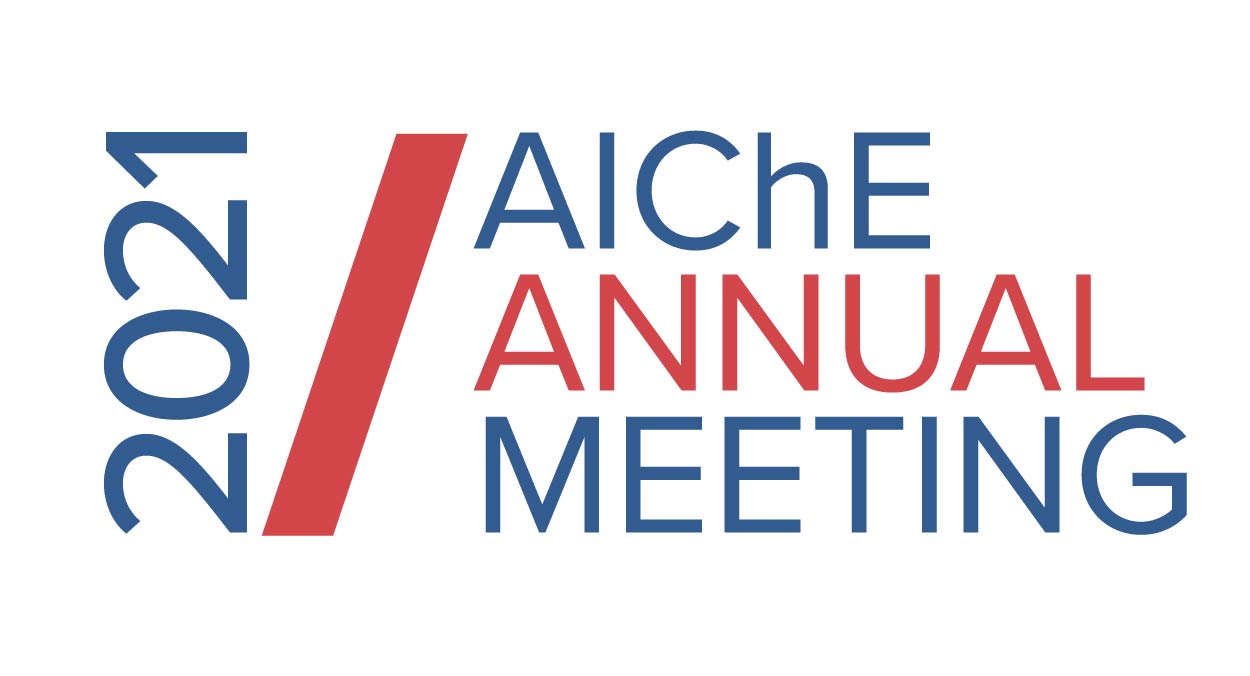

Toward this end, we have developed a synthetic hydrogel system using commercially available hyaluronic acid (HA) macromers with non-natural, sequence-defined poly(N-substituted glycines) (peptoids) as crosslinkers. Peptoids are of particular interest due to their large chemical diversity, tunable persistence length, and high degree of structural control. Particularly, their lack of intermolecular hydrogen bonding allows for induced secondary structure with a wide range of bulky, chiral monomers. Specifically, we have been investigating three peptoid crosslinkers: 1) the chiral, helix inducing sequence (NsceNsceNspe)n, where Nspe refers to (S)-N-(1-phenylethyl)glycine and Nsce is (S)-N-(1-carboxyethyl)glycine, 2) an analog with a racemic mixture of (S) and (R)-N-(1-phenylethyl)glycine to disrupt helix formation, and 3) a control peptoid consisting of sarcosine repeats with no defined secondary structure. These peptoids were successfully synthesized via solid phase submonomer synthesis with additional cysteamine-based residues included on both termini for thiol-ene crosslinking. Next, the HA was functionalized with norbornene groups, and hydrogels were formed via thiol-norbornene photo-click chemistry. Rheometric data indicated a marked increase in the elastic modulus, E, of hydrogels formed with the helical peptoid crosslinker. In addition, increasing the length of the chiral peptoid crosslinker further increased E, in direct opposition of the trend predicted by rubber elasticity theory. We also demonstrated that these hydrogels are hydrolytically and enzymatically stable and are non-cytotoxic to human dermal fibroblasts seeded on the hydrogel surface functionalized with a cell adhesive ligand. Overall, this method for altering matrix mechanics utilizing polymer stiffness enabled the hydrogel to maintain a constant cross-linking density and network architecture. Further studies investigating the impact of molecular rigidity on cell-matrix interactions will facilitate the design of more biomimetic artificial ECMs.
